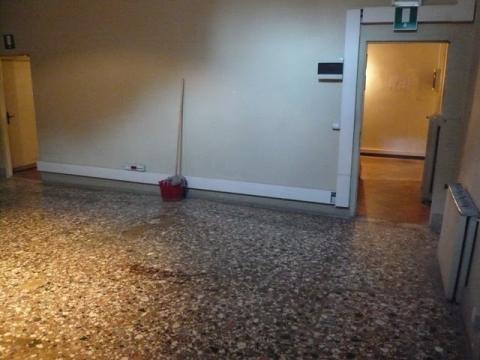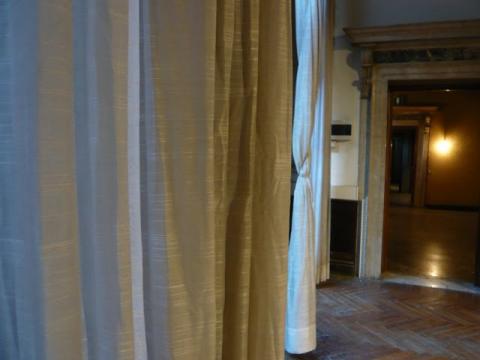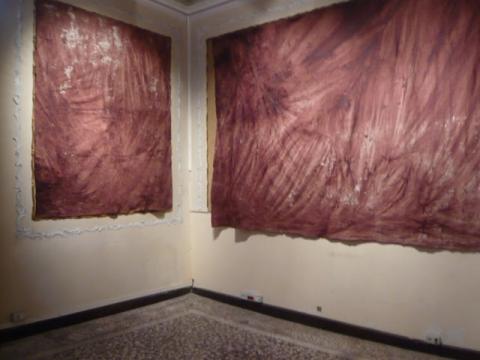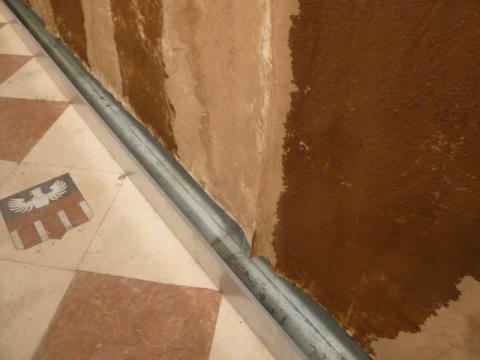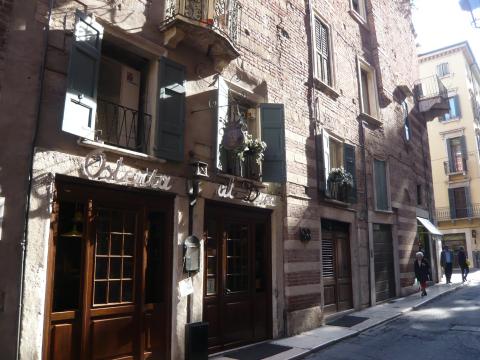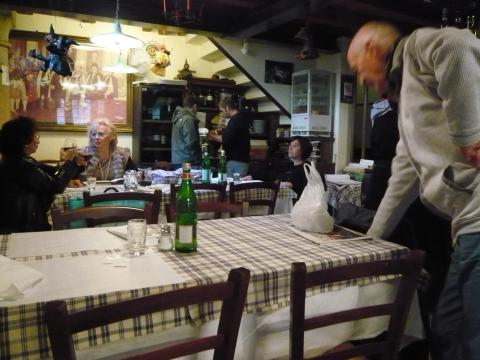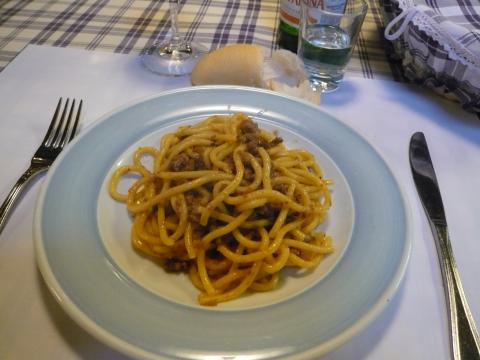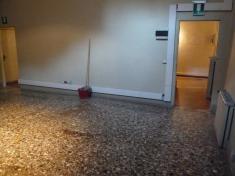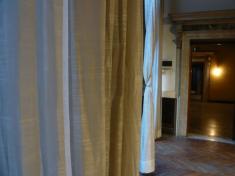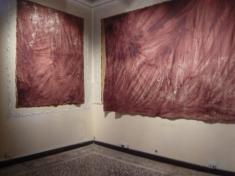Rushing but not rushed
Teresa Margolles (MX) in Venice, 2009
The Mexican Pavilion was the last on my “list” of must-see exhibitions at the Venice Biennale and I had left it and a few others to my final afternoon. But sandwiching a half-day trip to Verona into my final day and missing my preferred train back to Venice, meant I was literally rushing to get to the exhibition before it closed for the day. It also meant I was too late to catch the daily performance at the venue. Having gone to Verona and at the redhead’s suggestion having sought out a divine but brusque restaurant for lunch to enjoy the local specialties of donkey mince with noodles and horse casserole with polenta, I was now both delightfully sated and rushing to catch one last Venice exhibition before moving on to Berlin.
Certainly these were not the best circumstances to be seeing one the gritty and ethically potent presentation by Therese Margolles. Yet here I was, with about 20 minutes, and camera in hand, determined to see it and to at least make a quick record for later reflection. I was ushered up to a row of first floor rooms. One after the other, cool, shaded, slightly damp, the rooms were empty of “art” except for a single mop and bucket standing against a wall in each. With my poor timing, I had not been there to see the daily mid-afternoon ritual in which the attendants wet-mopped these floors as the artist had instructed.
Moving fairly quickly I was still waiting, or looking for something, but not sure what. The last of these upstairs rooms didn’t care whether I was ready, waiting, or distracted: it packed an unmitigated punch which assaulted all my senses as soon as I crossed the threshold. The room stank. It was warmer and slightly fetid. It was darker: crimson dark. The walls of this room were hung with blood-soaked shrouds. It was a sweet, cloying, humid and claustrophobic chamber which stopped me in my tracks and I wanted to hold my breath, turn away, seek the calm coolness of the previous two rooms, but I was at least momentarily transfixed and found myself breathing the room in.
But then I did keep moving; on down the stairs to the final room where there was more water, but this time it was somehow being filtered or further cleansed through a wall of earth. Or was the earth being cleansed? I wasn’t sure; and then I was suddenly out in the calle again, and into the cool peachy light of an early autumn evening. What I did know, and had come prepared to see in some form or other, was Margolles presentation of mud and human blood from the sites of narcotic executions in the Sinaloa area of Mexicowhere she is based.
I was rushing, but surprisingly I found that the impact of this work was undiluted by my distracted state. Its visceral power and by association its ethical impact hit home sharply as if everything that I could, or would have lingered over, reflected on, in situ, was collapsed into that one brief moment when my nostrils and skin took in the blood-soaked room. Rushing but not rushed.
What, when, where: Teresa Margolles, “¿De qué otra cosa podríamos hablar?” (What Else Could We Talk About?); 7 June - 22 November 2009; Palazzo Rota-Ivancich, Castello 4421, Venice.
The restaurant: Osteria del Duca, Via Arche Scaligere 2, Verona
